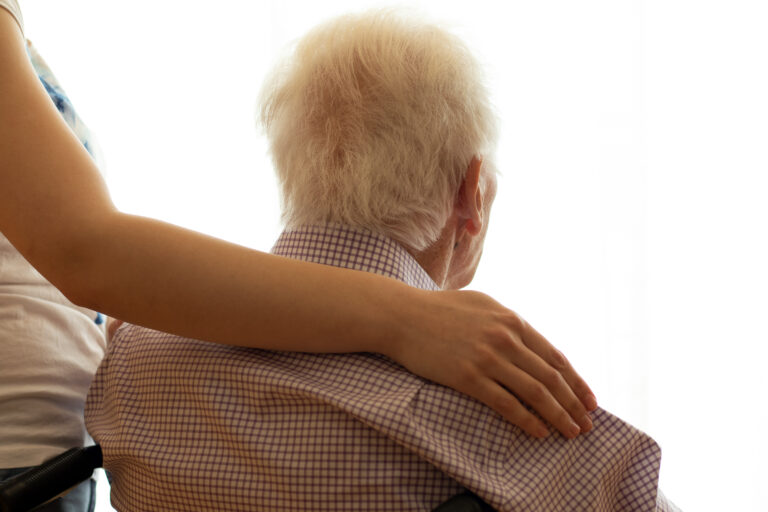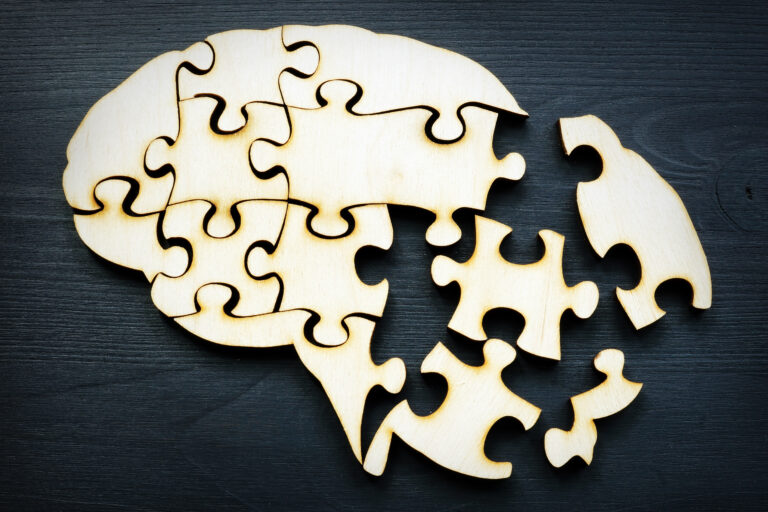When you finish a tough workout, your body needs to recover. One of the biggest questions people have is whether to eat rice or pasta after exercising. Both are popular sources of carbohydrates, but they have different nutritional profiles, digestion speeds, and effects on recovery. Let’s break down the science, the myths, and the practical advice so you can make the best choice for your body and goals.
## What Happens in Your Body After a Workout?
After exercise, especially intense or long sessions, your muscles use up their stored energy, called glycogen. Glycogen is made from carbohydrates, and your body needs to replace it to recover properly and be ready for your next workout. Eating carbohydrates after exercise helps refill these glycogen stores, which is crucial for muscle recovery and performance[2][3]. Protein is also important for repairing muscle tissue, but carbs play a key role in energy replenishment.
## Rice vs. Pasta: Nutritional Comparison
Let’s look at the basic numbers for cooked white rice and cooked pasta (per 100 grams):
| Nutrient | White Rice | Pasta |
|—————|————|———–|
| Calories | 117 | 160 |
| Carbohydrates | 25.1g | Higher |
| Fiber | 1.2g | Higher |
| Protein | 2.6g | Similar |
| Fat | 0.5g | Similar |
Rice has fewer calories and carbohydrates than pasta, which might make it a better choice if you’re watching your calorie or carb intake[1]. However, pasta generally has more fiber, which helps with digestion and can keep you feeling full longer[1]. Both are low in fat and provide a modest amount of protein.
## Digestion and Glycogen Recovery
White rice is known for its high glycemic index (GI), meaning it’s digested and absorbed quickly into your bloodstream[2]. This rapid digestion is actually a benefit right after a workout, because it helps your body replenish glycogen stores faster[2]. Athletes and bodybuilders often choose white rice post-workout for this reason—it gives your muscles the quick energy they need to start recovering[2].
Pasta, especially whole grain varieties, is digested more slowly due to its higher fiber content. This can be helpful if you want to stay full for a longer time, but it might not deliver energy to your muscles as quickly as white rice after a workout[1]. However, if you’re not in a rush to recover (for example, if your next workout isn’t for a day or two), the slower digestion of pasta isn’t a problem.
## The Role of Fiber
Fiber is important for overall health. It supports good digestion, helps control blood sugar, and can lower cholesterol[6]. Pasta, especially whole grain pasta, usually has more fiber than white rice[1]. Brown rice is a better source of fiber than white rice, but it’s still generally lower in fiber than whole grain pasta[6]. If digestive health or feeling full is a priority for you, pasta might be the better choice in the long run[1][6].
## Whole Grains vs. Refined Grains
Both rice and pasta come in whole grain and refined (white) versions. Whole grains contain more fiber, vitamins, and minerals because they include the entire grain kernel[6]. Refined grains, like white rice and regular pasta, have had the bran and germ removed, which reduces their fiber and nutrient content[6]. For general health, whole grains are recommended because they’re linked to a lower risk of heart disease, better blood sugar control, and improved digestion[6].
## Practical Considerations
**Portion Control:** No matter which you choose, portion size matters. Eating too much of either can lead to excess calorie intake, which might not align with your fitness goals[1]. A balanced plate with vegetables, lean protein, and a moderate serving of carbs is ideal[1].
**Personal Preference and Tolerance:** Some people digest rice more easily, while others prefer pasta. Listen to your body—if one makes you feel bloated or uncomfortable, try the other.
**Timing:** If you need to recover quickly (for example, if you have another workout later the same day), white rice might be the better option because of its fast digestion[2]. If you’re not in a hurry, either choice is fine, and whole grain options provide extra health benefits[6].
**Dietary Goals:** If you’re trying to lose weight, the lower calorie content of rice might help[1]. If you’re focused on digestive health or staying full, pasta’s higher fiber could be an advantage[1][6].
## Medical and Authoritative Perspectives
Carbohydrates are not the enemy—they’re your body’s main source of energy, especially for your brain and muscles[1][4]. The American Diabetes Association and other health authorities recommend choosing whole, unprocessed foods most of the time, including whole grains, vegetables, fruits, and lean proteins[4][6]. Both rice and pasta can fit into a healthy diet when eaten in moderation and as part of a balanced meal[4].
Research shows that consuming 1.0–1.2 grams of carbohydrates per kilogram of body weight within the first hour after exercise helps with faster glycogen recovery[3]. This applies to any carb source, including both rice and pasta. Pairing carbs with a source of protein can further support muscle repair and recovery[3].
## Common Myths
**Myth: Carbs make you fat.**
Fact: Eating more calories than you burn leads to weight gain, not carbs themselves. Both rice and pasta can be part of a healthy diet when portions are controlled[1][4].
**Myth: You must avoid white rice and pasta.**
Fact: Refined grains like white rice and regular pasta are fine in moderation, especially around workouts when quick energy is needed[2][4]. For everyday meals, whole grain versions are healthier[6].
**Myth: Only protein matters after a workout.**
Fact: Carbs are essential for refueling your muscles. Protein helps with repair, but carbs restore energy[2][3][5].
## Real-Life Examples
Elite athletes often use white rice immediately after hard training to quickly replenish glycogen, then switch to brown rice or other whole grains later in the day for sustained energy and additional nutrients[2]. This approach balances rapid recovery with long-term health.
## Making Your Choice
There’s no one-size-fits-all answer. Here’s how to decide:
– **Choose white rice** if you need fast energy recovery, have another workout soon, or prefer a lighter, easily digestible option[2].
– **Choose pasta** (especially whole grain) if you want more fiber, want to stay full longer, or are focused on digestive health[1][6].
– **Mix it up**—there’s no rule saying you must pick one forever. Variety helps you get a range of nutrients.
– **Pay attention to portions** and balance your plate with protein and vegetables for optimal recovery and health[1].
## Final Thoughts
Both rice and pasta can be excellent choices after a workout. White rice offers quick energy for fast recovery,





